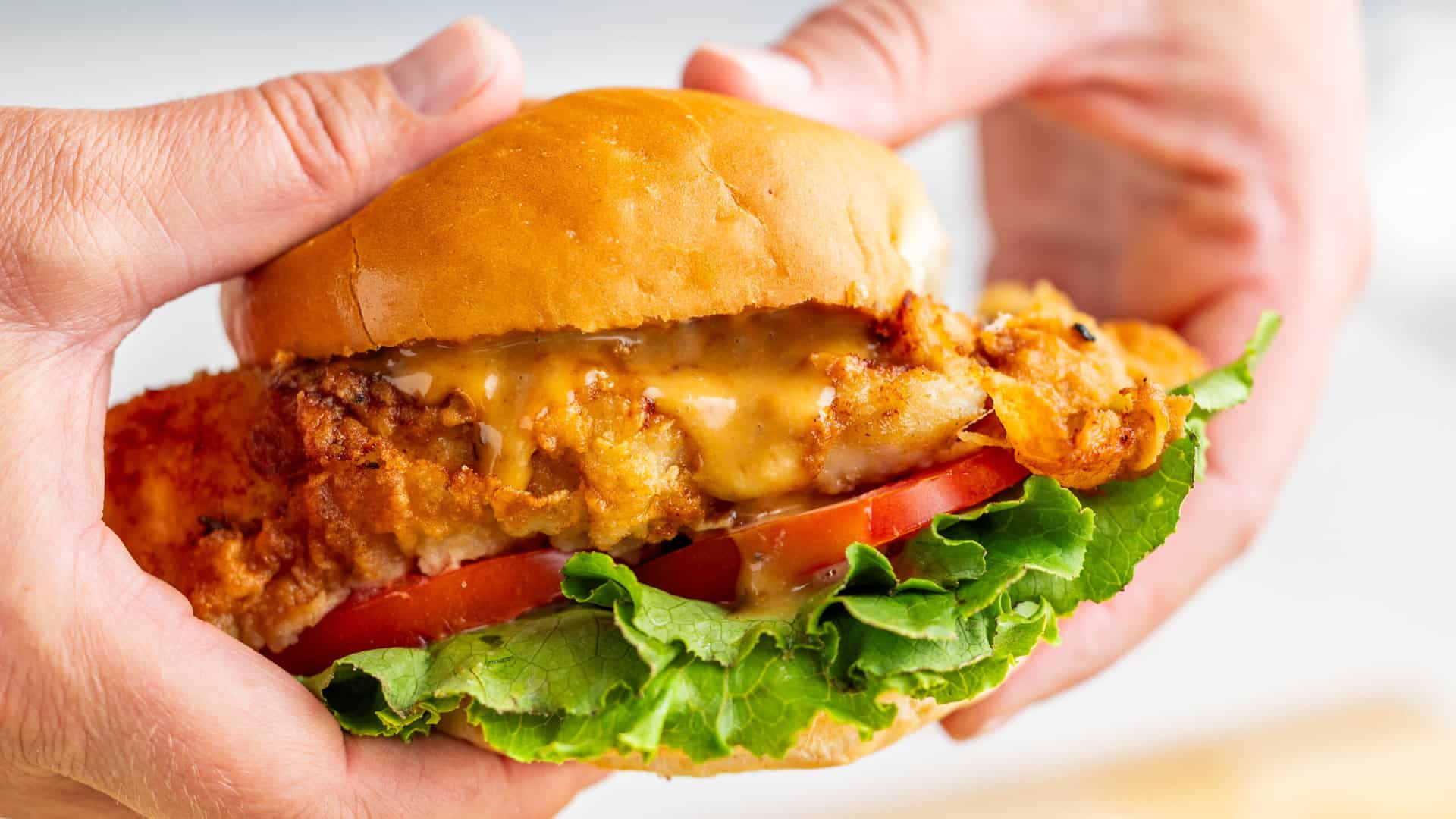
With a more-than-700-year historical past, the almond-and-cream-filled buns mostly recognized as we speak as semlor have been by means of many adjustments. Like king cake in elements of the US, semlor are loved between the Christian holidays of Christmas and Ash Wednesday, although, historically, they’re meant to be served solely on fettisdagen, or Fats Tuesday. These buns have been recognized by many names, together with fettisdagsbulle (Fats Tuesday bun), hetvägg (scorching bun in a bowl of heat milk), and semla (which is the singular of “semlor”), the latter being the commonest title as we speak. It’s no shock that, like its title, the best way semlor are made and loved has additionally advanced.

All through historical past, many meals have been reserved for particular events and spiritual holidays due to their expense. Semlor had been no completely different; the almonds and spices that go into making the buns weren’t all the time reasonably priced, but the buns had been a beloved dish for the Aristocracy and commoners alike. One such particular person, King Adolf Frederick of Sweden, who died in 1771, is famously rumored to have perished from overindulging in 14 helpings of hetvägg after an already-rich meal. Sweden, one of many final Scandinavian nations to depart behind their pagan beliefs, transformed to Christianity across the early twelfth century. After the conversion, Swedes would take part in lots of Christian holidays, together with Lent, throughout which they would quick for the 40 days resulting in Easter. Semlor don’t make their noteworthy look till the early 1500s. An enormous celebration and feast can be held three days previous to Lent as a technique to mark the spiritual significance of the time in addition to survive the approaching quick. Throughout these three days, there can be pork, buns, and lots of different meals. It was throughout this that semlor took place. The title “semla” initially referred to solely the bun itself, with none filling. It was a bit dry, so to make it extra satisfying, it was served with a sliver of butter or little bit of cream for pouring or dunking. That is how hetvägg took place; slightly than referring to the bun, it’s really a dish the place a crammed semla is positioned in a bowl of heat milk. The filling would depend upon the supply of substances, although almonds and cardamom turned extra available across the 1800s. The richness of this dish, mixed with the feast, makes King Frederick’s demise appear a little bit extra believable.
These celebrations included many various video games, costumes, and extra. Consuming semlor on Fats Tuesday was so regarded ahead to that folks began to name it semmeldagen (the day of the semlor). As time went on, the strict adherence to fasting and the exclusivity of consuming semlor on fettisdagen was steadily loosened till the Protestant Reformation, when Sweden’s king severed ties with the Catholic Church. From then on, semlor had been loved all through the winter till fettisdagen.

Swedish cookbooks throughout the centuries present the evolution of semlor, although the essential construction has remained the identical. Most recipes nonetheless embrace an almond combination that fills a hollowed-out bun and is capped with the highest of the bun. One variation was a Christmastime semlor that used raisins, currants, and cinnamon to fill the middle slightly than almonds and cardamom. At one level throughout World Struggle II, the historical past of semlor virtually got here full circle as a consequence of worth will increase and ingredient provide decreases. Though Sweden didn’t take part within the battle, the nation nonetheless felt its results, together with food rationing and different cutbacks that brought on semlor to take an attention-grabbing flip. Quite than utilizing almonds to fill the middle, one cookbook prompt utilizing potatoes. After the battle ended, the whipped cream-capped semlor took over, which is now thought-about to be the traditional, or conventional, model: a cardamom-flavored bun with an almond and cardamom paste filling that’s topped with unsweetened whipped cream and a dusting of confectioners’ sugar for a chic end.
This iconic dessert continues to be inspiring new varieties, together with the comparatively new semmelwrap. Created by Stockholm pastry chef Mattias Ljungberg in 2015, semmelwrap consists of dough that’s rolled flat, briefly baked, full of almond paste and whipped cream, and folded or rolled particularly to be eaten on the go. One other variation is a princess semla, which is a mixture of princess cake and semla. Baker Markus Ekelund created the eclectic hybrid in 2017, which consists of a cardamom-flavored bun full of almond cream and raspberry jam that’s coated in a layer of inexperienced marzipan.

The deep love for semlor has fallen in keeping with modern-day media. Throughout the annual semla season, native information media will taste-test semlor from numerous bakeries and go away evaluations for which semlor is the most effective on the town. The elevated availability of substances as we speak additionally permits bakeries to supply semlor in giant portions, which Swedes take full benefit of. On Fats Tuesday alone, an estimated 6 million semlor are bought throughout the nation. One can solely think about the amount consumed through the two months between Christmas and semmeldagen, particularly when contemplating all the house bakers who create their very own batches of buns. With a pastry so properly liked, why wouldn’t there be a day named after it?
Able to bake a batch of semlor? Get the recipe right here.







